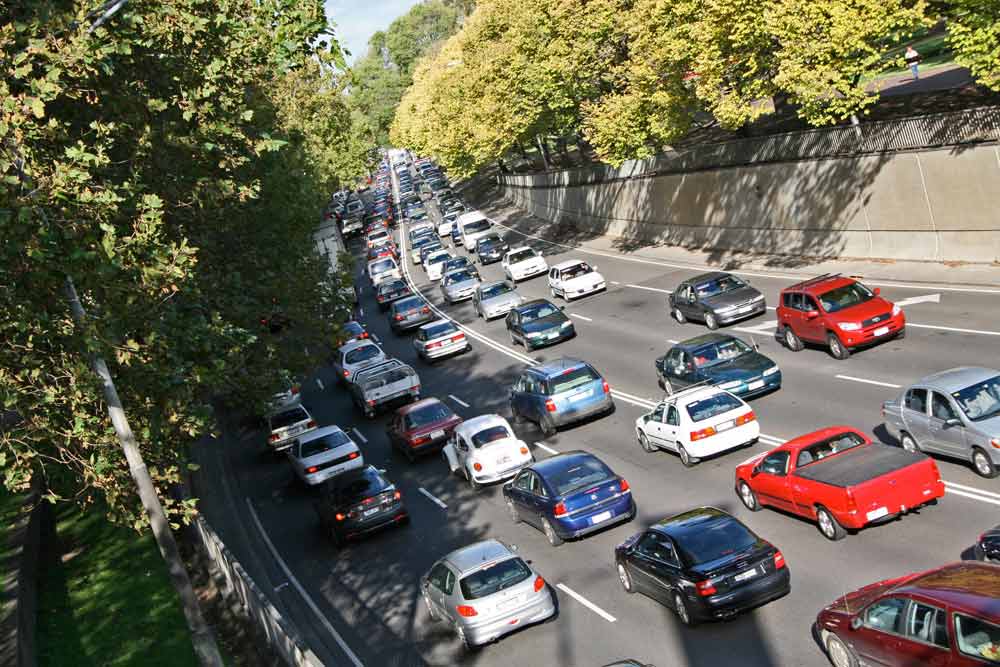
Image: Reinis Traidas
The Victorian government will install thousands of sensors and wireless units to roads, traffic signals and vehicles to generate an accurate picture of Melbourne’s transport system.
This plan, called the National Connected Multimodal Transport Test Bed, is intended to help reduce congestion and improve road safety as the city’s population approaches seven million.
The population is growing at a pace that’s likely to put a strain on the city’s existing infrastructure unless steps are taken to plan for better roads and railways.
According to the Andrews Labor government, researchers at the University of Melbourne’s School of Engineering will study connected data from vehicles, cyclists, pedestrians and infrastructure in a busy five square km test area bounded by Alexandra Parade, Victoria Street, Hoddle Street and Lygon Street.
The government said that results of the project will provide an ‘unprecedented insight’ into how to manage emerging smart Australian transport systems and road networks in a more efficient way.
Supported by the Labor Government, the University of Melbourne project includes a variety of public and private sector partners.
The test bed pilot is scheduled to be launched in April, 2017.
Minister for Roads and Roads Safety Luke Donnellan the government is embracing advances in technology to ensure Victoria can create the highly-integrated, smart transport network the state can thrive on.
“We want to provide Victorians with the most efficient, safest transport system possible,” Mr Donnellan said.
“We look forward to working closely with the University of Melbourne to ensure Victoria can reap the maximum benefits from this world first project,” he said.
The test bed pilot is scheduled to be launched in April, 2017.





